 Humans
Humans  Humans
Humans  Movies and TV
Movies and TV The 10 Most Heartwarming Moments in Pixar Films
 Travel
Travel Top 10 Religious Architectural Marvels
 Creepy
Creepy 10 Haunted Places in Alabama
 History
History Top 10 Tragic Facts about England’s 9 Days Queen
 Food
Food 10 Weird Foods Inspired by Your Favorite Movies
 Religion
Religion 10 Mind-Blowing Claims and Messages Hidden in the Bible Code
 Facts
Facts 10 Things You Never Knew about the History of Gambling
 Weird Stuff
Weird Stuff 10 Cool and Creepy Facts about Collecting Tears
 Humans
Humans The Ten Most Lethal Gunslingers of the Old West
 Humans
Humans Ten Historic Men Who Deserve Way More Credit Than They Got
 Movies and TV
Movies and TV The 10 Most Heartwarming Moments in Pixar Films
 Travel
Travel Top 10 Religious Architectural Marvels
Who's Behind Listverse?

Jamie Frater
Head Editor
Jamie founded Listverse due to an insatiable desire to share fascinating, obscure, and bizarre facts. He has been a guest speaker on numerous national radio and television stations and is a five time published author.
More About Us Creepy
Creepy 10 Haunted Places in Alabama
 History
History Top 10 Tragic Facts about England’s 9 Days Queen
 Food
Food 10 Weird Foods Inspired by Your Favorite Movies
 Religion
Religion 10 Mind-Blowing Claims and Messages Hidden in the Bible Code
 Facts
Facts 10 Things You Never Knew about the History of Gambling
 Weird Stuff
Weird Stuff 10 Cool and Creepy Facts about Collecting Tears
 Humans
Humans The Ten Most Lethal Gunslingers of the Old West
10 Exposed Intelligence Operations
An Intelligence Agency is a government organization which is responsible for identifying and mitigating potential threats to national security. Through an enterprising variety of methods, intelligence agencies of different countries have gathered information and undertaken clandestine operations in their mission to protect their peoples, laws and uphold their foreign policy. The twentieth century’s unprecedented advancements in technology and communication, combined with the tension created by the emergence of global superpowers, has forever changed the way countries have maintained their security. As Western nations have utilized intelligence agencies more frequently, developing nations too have formed organizations which operate outside the laws in defending their homeland. This list will explore the most interesting exposed or disputed operations by current intelligence agencies of different countries.
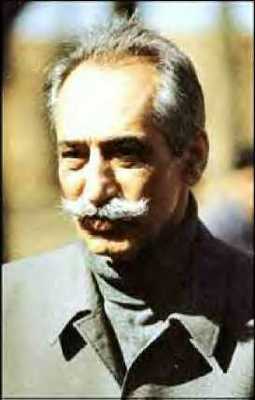
Agency: Ministry of Intelligence and Security (MOIS)
Nation: Iran
The ethos of Iran’s intelligence agencies and secret police remained steadfast throughout the twentieth century whilst the nation underwent significant political change. Revolution in 1979 led to the Shah being usurped by Ayatollah Khomeini, a man who promised to improve living conditions for all Iranians. However, the leading intelligence agency of Khomeini’s rule, the MOIS, is largely similar to its predecessor, SAVAK, which ran under the Shah’s regime; a notorious ministry feared by Iranians for their brutish mass executions of political opponents. ‘The Chain Murders’ spanning from 1988-1998 are perhaps the most infamous of MOIS’s operations. The intelligence agency is allegedly responsible for the deaths of 80 Iranian nationals during this time, most of whom were writers, intellectuals and political activists. The murders only gained real media attention in the west in 1998, when opposition party leader Dariush Forouhar (pictured) and three anti-Khomeini writers were executed over two days. Khomeini claimed the Iranian government had no involvement in the murders, shifting the blame to Saeed Emami, the deputy minister of intelligence. Emami supposedly committed suicide in prison, yet many believe he was eliminated for possessing information which posed a threat to Khomeini’s rule.

Agency: Internal Security Operations Command (ISOC)
Nation: Thailand
ISOC is a Thai intelligence agency which was established in 1966. It was originally created with help from the US, in a joint effort to prevent communist activities in the country. When the war was over and US troops returned home, ISOC was overtaken by military dictators. Since then, the organization has remained a military unit, and is responsible for maintaining national security. Ironically however, the Deputy Director of ISOC was involved in a plot to assassinate Prime Minister Thaksin Shinawatra (pictured) towards the end of his reign in power from 2001 to 2006. Pallop Tinsulanonda was accused of betraying his country when one of his lieutenants was caught driving a car filled with 67 kilograms of explosives within the residence of the Prime Minister. He denied the accusations claiming he would not have failed if he was behind the operation. Shinawatra was extremely unpopular, and was accused by many of leading a corrupt and oppressive government. After the 2006 coup in which Shinawatra was ousted from power, Tinsuldanonda was appointed public relations adviser to ISOC.
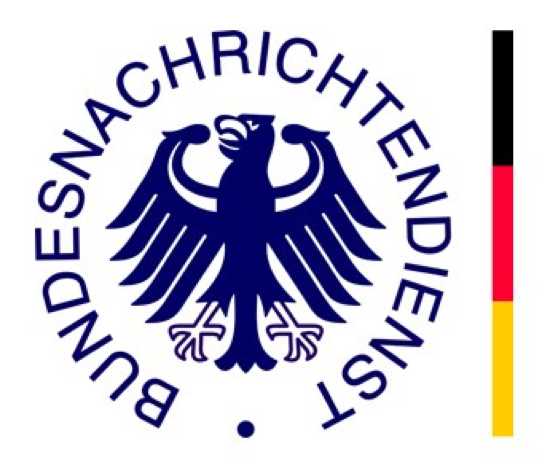
Agency: Bundesnachrichtendienst (BND)
Nation: Germany
The BND, Germany’s intelligence agency for identifying threats internationally, currently operates in dozens of countries around the globe. The BND’s operations are mostly covert, with wiretapping and surveillance the agency’s most effective method of information gathering. One such case of wiretapping which gained public attention was the BND’s surveillance on the Afghan Ministry of Commerce and Industry in 2006. The BND installed Trojan horse software to Ministry computers which forwarded confidential information onto the German government. This information included internal documents, government e-mails and passwords among other top secret Afghani Intel. When publicized, the surveillance sparked debate in Germany, with many citizens questioning the agency’s right to operate so far outside the law. Afghanistan were outraged and felt betrayed as Germany was thought to be a close ally. The reasons behind the BND’s surveillance of the particular Afghani Ministry remain unclear, but the German government have assured Kabul that all information has been destroyed.
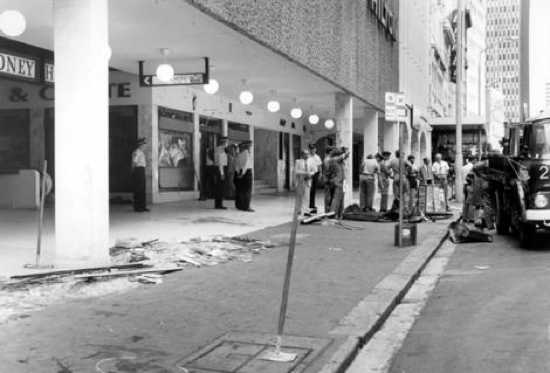
Agency: Australian Security Intelligence Organisation (ASIO)
Nation: Australia
ASIO is in charge of protecting Australia’s shores from international threat, operating out of Canberra since 1949. The intelligence agency has been caught in a number of controversies during its 50 or so years working for the Australian government, with their alleged involvement in the ‘Sydney Hilton Bombing’ standing out from the rest. In February 1978, the Hilton hotel in Sydney was hosting the first Commonwealth Heads of Government Regional Meeting, an event with dozens of important political figures. Late one night, whilst twelve of the leaders were asleep at the hotel, a bomb exploded outside when a rubbish bin was emptied into a truck; the explosion killed two garbage men, a police officer and injured several other members of the public. Three men were initially convicted for the crime but police investigation uncovered a number of strange anomalies, such as a scientist from the national government body for scientific research of Australia claiming ASIO had pressured him into making the two bombs. Suspecting a cover up, the NSW Parliament voted for a state-federal inquiry into the bombing. However, the Australian government vetoed the inquiry and no further investigation has taken place. Conspiracy theorists believe the Australian government used ASIO to place the bombs in the hope that anti-terrorism support would allow them to pass laws extending the powers of police and security personnel.

Agency: Ministry of State Security of the People’s Republic of China (MSS)
Nation: China
The MSS of China operates slightly differently from other modern intelligence agencies on this list. Although they are primarily concerned with the protection of their country and counter-espionage, they also deploy agents internationally to acquire industrial information which strengthens their economy. Nowadays, much of the MSS tactics involve cyber-warfare and hacking by recruited academics and students. However, before the technological advancements made cyber hacking so threatening, the MSS had to rely on moles in intelligence agencies to gain confidential information. One such mole was Larry Wu-Tai Chin (pictured), a man who leaked information from the USA to his communist government for 35 years. Chin was initially an interpreter for the US consulate in Shanghai, but was then hired by the CIA to translate confidential documents from his homeland. Chin leaked information which allowed the Chinese government to expose some US operations in Asia, and informed them of President Nixon’s plans to improve relations between the two superpowers. Chin was eventually uncovered and convicted on counts of espionage and conspiracy.

Agency: Mossad
Nation: Israel
Israel’s position in world politics has forced the country to go to the greatest lengths to ensure the protection of their peoples. Mossad, the intelligence agency responsible for leading Israel’s fight against terrorism and safeguarding Jewish communities worldwide, has undertaken many risky and daring operations since its inception in 1949. Dozens of assassination attempts by Mossad have come to media attention throughout the years, with The ‘Lillehammer Affair’ one of the more memorable. In 1973, Mossad operatives believed they had killed Ali Hassan Salameh, leader of ‘Black September’, in Lillehammer, Norway. However, the man who was killed was not the mastermind behind the 1972 Munich Massacre, but Ahmed Bouchiki, a Moroccan waiter. Two Mossad agents involved in the assassination were arrested the next day after being caught driving the same car that had been witnessed leaving the crime scene. Documents were discovered implicating the two men and compromising several other Mossad missions in Europe.
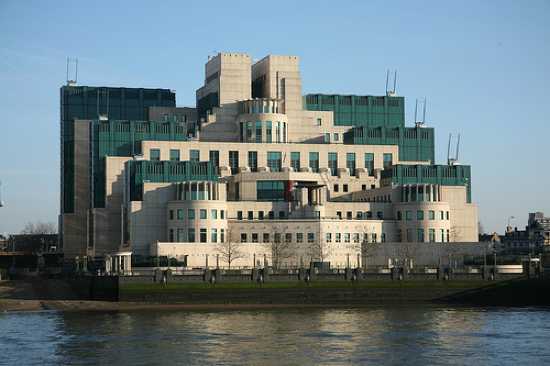
Agency: Secret Intelligence Service (SIS)
Nation: United Kingdom
The SIS, or MI6 as it is more commonly known, has been immortalized in popular culture as the agency that employs James Bond. However, the British government funded agency has been protecting the nation since well before the 1960s. Significant involvement in both world wars, and the battle to prevent Soviet influence from spreading through Europe has formed the foundation for the intelligence agency we see today. One very risky operation that the SIS attempted (and failed), known as ‘The Ambassador’s Plot’, was to oust the Bolshevik government and appoint favored Soviet military leaders to run the country in 1918. Legendary spy Sidney Reilly and British diplomat Sir Robert Lockhart plotted a scheme to have Vladimir Lenin and other important Bolsheviks assassinated, exploiting Kremlin bodyguards whom had become disgruntled with Bolshevik rule. Before the plan could be executed however, Lenin and Moisei Uritsky (head of Cheka, the Soviet’s primary intelligence agency of the time), were shot on the same day by a socialist party member and soldier respectively; Uritsky was killed but Lenin survived. These attempts on Bolshevik lives fast-tracked and justified Cheka’s ‘Red Terror’, a campaign which saw thousands of political opponents and intellectuals arrested, sent to labour camps or killed. Reilly’s motives were discovered, yet he managed to escape Soviet capture by fleeing to Finland, and eventually made his way to London. Lockhart was arrested, then exchanged with the UK for Soviet diplomat Maxim Litvinov.
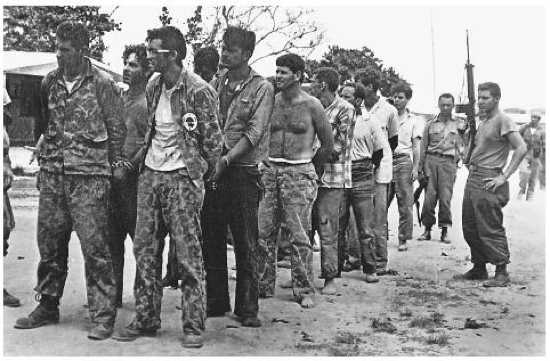
Agency: Central Intelligence Agency (CIA)
Nation: United States of America
The CIA is arguably the most well-known intelligence agency in the world. It is the only intelligence agency on this list which is officially independent of the government, instead reporting to the Director of National Intelligence. Nevertheless, the CIA has been used countless times by US Presidents to nullify national threats which need to be dealt with swiftly and covertly. Perhaps the most famous uncovered operation by the CIA was the ‘Bay of Pigs Invasion’ at the beginning of John F Kennedy’s ill fated term as US President. The operation aimed to overthrow Fidel Castro’s communist regime in Cuba; a government which was forging strong ties with the Soviet Union, the USA’s greatest threat at the time. CIA trained Cuban operatives entered the country from the South Coast ‘Bay of Pigs’ on the 17th of April, 1961. Castro, having caught wind of the invasion through his own intelligence agency, was prepared and the military thwarted the operation within just three days. The mission was considered a huge failure. Kennedy’s administration was drilled by the media and political opponents. The invasion had profound influence on Castro’s dealings with the US during the Cuban Missile Crisis of 1962.

Agency: General Directorate for External Security (DGSE)
Nation: France
The DGSE, officially formed in 1982, is the French Government’s intelligence agency for international operations. The DGSE were called into action in 1985 to protect France’s nuclear testing in the Pacific from protesting vessels. The ‘Rainbow Warrior’, a Greenpeace serving ship, was picked to lead an armada of anti-nuclear yachts to interfere with the testing in Moruroa, French Polynesia. However, whilst the ship was docked in Auckland, New Zealand, prior to the test date, members of the DGSE placed two bombs under the vessel. These naval mines would explode separately over a 10 minute period, in the hope that the first explosion would force people to flee the ship, and the second explosion would sink the ship without any human casualties. The event did not go to plan; some of the crew returned to the ship after the first explosion to survey the damage. Fernando Pereira, a Dutch photographer, was killed when the second mine detonated, drowning in the floods of water that engulfed the ship. A New Zealand police investigation resulted in the capturing of agents Dominique Prieur and Alain Marfart before they could escape the country on Swiss passports. The French Government publicly acknowledged their involvement in the fiasco and paid GreenPeace $8.16 million dollars in 1987. Prieur and Marfart only served 2 years imprisonment at a French military base in French Polynesia.
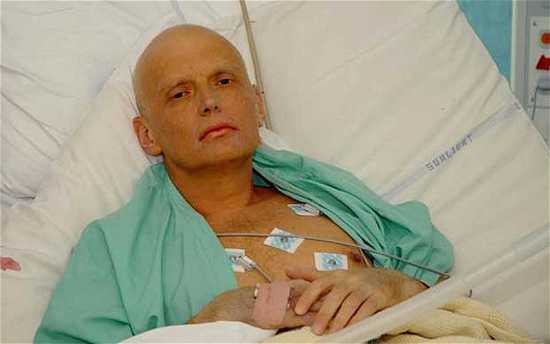
Agency: Federal Security Service (FSB)
Nation: Russia
The FSB is the Kremlin’s ministry of intelligence and security, spawning in the early 1990s out of the ashes of the Soviet Union’s most feared entity, the KGB. They are accused of poisoning former KGB and FSB operative and exile Alexander Litvinenko (pictured) in London, 2006. Litvinenko had lived in the UK since fleeing Russia in 1998 after accusing the FSB of ordering the assassination of Boris Berezovsky, a Russian political figure. He and other former operatives were arrested, but the charges against Litvinenko were eventually dropped; he immediately escaped the country with his family. In London, Litvinenko released many publications criticizing Vladimir Putin’s rise to power and holding Russian intelligence agencies responsible for terrorist acts. Litvinenko was exposed to polonium-210, a radioactive element which hospitalized him on the 1st of November 2006, and caused his death just twenty-two days later. Although information directly linking FSB to Litvinenko’s death has never been found, it is widely believed that the Russian Government ordered his assassination to prevent him from publishing any more attacks on Putin’s rule.

